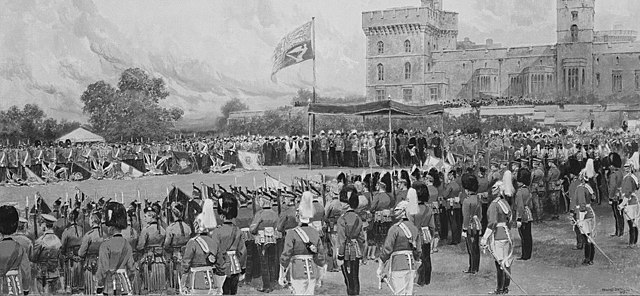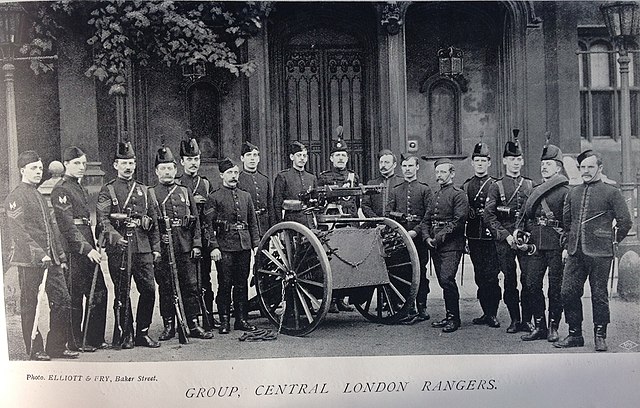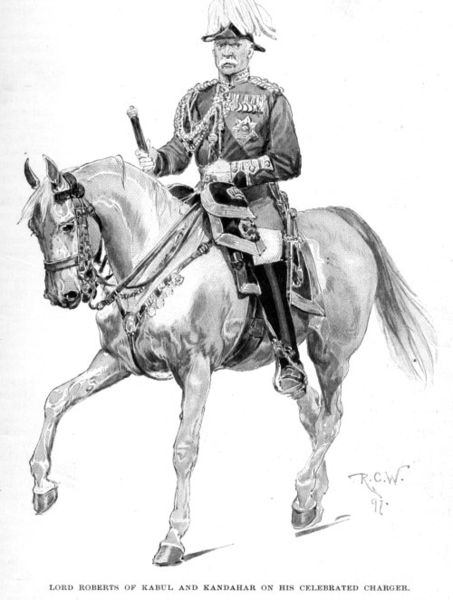50th (Northumbrian) Division
The Northumbrian Division was an infantry division of the British Army, formed in 1908 as part of the Territorial Force with units drawn from the north-east of England, notably Northumberland, Durham and the North and East Ridings of Yorkshire. The division was numbered as 50th (Northumbrian) Division in 1915 and served on the Western Front throughout the First World War. Due to losses suffered in the Ludendorf Offensive in March 1918 it had to be comprehensively reorganized. It was once again reformed in the Territorial Army as the Northumbrian Division in 1920.
Division sign as used on signboards.
The Northumbrian Division's first battles.
First areas to be held by the division. (Mt Sorrel just S.E. of Zillebeke.)
Troops of the 1/5th Battalion, Northumberland Fusiliers cheering after the attack on Le Sars. Near Albert, 7 October 1916.
The Territorial Force was a part-time volunteer component of the British Army, created in 1908 to augment British land forces without resorting to conscription. The new organisation consolidated the 19th-century Volunteer Force and yeomanry into a unified auxiliary, commanded by the War Office and administered by local county territorial associations. The Territorial Force was designed to reinforce the regular army in expeditionary operations abroad, but because of political opposition it was assigned to home defence. Members were liable for service anywhere in the UK and could not be compelled to serve overseas. In the first two months of the First World War, territorials volunteered for foreign service in significant numbers, allowing territorial units to be deployed abroad. They saw their first action on the Western Front during the initial German offensive of 1914, and the force filled the gap between the near destruction of the regular army that year and the arrival of the New Army in 1915. Territorial units were deployed to Gallipoli in 1915 and, following the failure of that campaign, provided the bulk of the British contribution to allied forces in the Sinai and Palestine Campaign. By the war's end, the Territorial Force had fielded twenty-three infantry divisions and two mounted divisions on foreign soil. It was demobilised after the war and reconstituted in 1921 as the Territorial Army.

Presentation of colours and guidons to 108 units of the Territorial Force by King Edward VII at Windsor Palace, 19 June 1909
Late 19th-century volunteers of the 22nd Middlesex Rifle Volunteers (Central London Rangers)
Richard Haldane, architect of the Territorial Force
Lord Roberts, fierce critic of the Territorial Force and strong proponent of conscription as a better alternative








